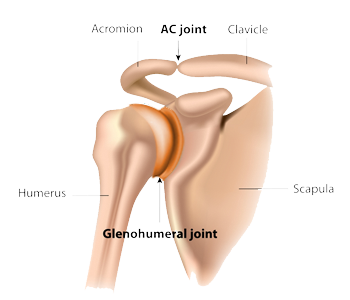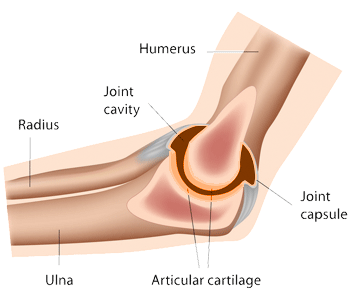Joseph Lynch, MD
The Shoulder Clinic of Idaho
Often times surgeons preparing to perform a total shoulder arthroplasty will need additional imaging to ensure the rotator cuff tendon is intact and that the glenoid bone is sufficent for an anatomic shoulder replacement. There are currently a few options available to surgeons to ensure the rotator cuff is of sufficient integrity to perform a successful total shoulder arthroplasty. Most commonly a thorough examination and templating radiographs performed in the surgeon’s office are sufficient. If your physician is a shoulder surgeon and has experience in performing a thorough examination of the rotator cuff and is capable of critically analyzing the radiographs this may provide sufficient information. Clues to the integrity of the rotator cuff include the absence of rotator cuff atrophy noted on examination. Good strength noted with specifically testing the rotator cuff muscles, and the absence of a palpable defect in the rotator cuff tendon. Should weakness of the rotator cuff tendon exist, or atrophy be present, your shoulder surgeon may recommend additional imaging to assess the rotator cuff and glenoid bone. Two common modalities used are a CT scan and/or a MRI scan.
A recent study in the Journal of Shoulder and Elbow Surgery evaluated these two modalities as to their efficacy in identifying and quantifying rotator cuff pathology [1]. The authors found that CT imaging underestimates the presence and severity of rotator cuff pathology. These authors recommended using MRI scanning for preoperative planning in the presence of a high critical shoulder angle, any mild superior migration seen on radiographs, or fatty infiltration of Goutallier grade 3 or above. The authors still found utility for CT scanning, particularly when the bony morphology of the glenoid needs to be explored more thoroughly, as MRI has the potential to underestimate the severity of a B2 glenoid deformity.
It is important to choose a shoulder surgeon with sufficient experience in performing shoulder replacement procedures; and one with experience in knowing which of the above studies, if any, are important in terms of preoperative planning so that a safe and proper shoulder replacement procedure is performed giving you the best overall outcome.
- Fitzgerald M, et al. Computed tomography underestimates rotator cuff pathology in patients with glenohumeral arthritis. J Shoulder Elbow Surgery. 2018;27(8):1451-1455.


